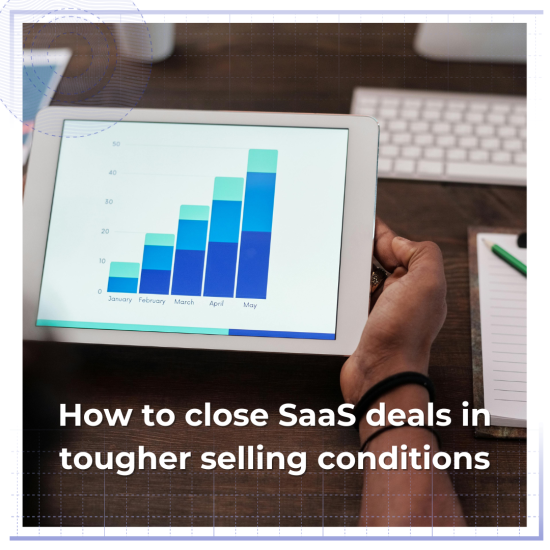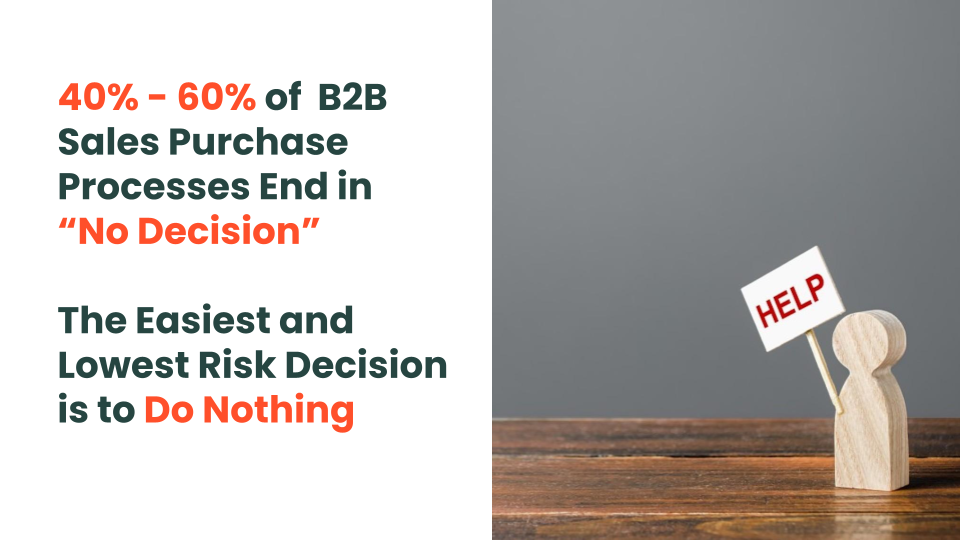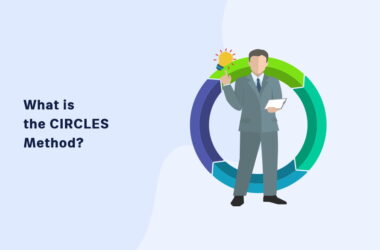This post was originally published in our SaaStock Blueprint newsletter. Subscribe now to get insights like this, straight to your inbox.
I talk to SaaStock’s community a lot about the big challenges they’re facing. Across our customers, founder members, and podcast guests, it’s clear that closing SaaS deals is getting harder.
The SaaS sales boom feels like a distant memory. Now, longer sales cycles, smaller budgets, multiple stakeholder deals, and changing buying personas, all make sales more complicated and more competitive. With news that stock market tumbles in the US, Europe and Asia signalling fears of a slowing world economy, it’s something we need to get used to.
But it’s a consistent challenge, not a new one. Sales teams have been adapting to tougher selling conditions over the last few years and they’ve shared useful tactics with me that will help you optimise your sales cycles and close more deals.
1. Combat lengthening sales cycles
Ferran Puig, Director of Partnerships & Business Development at Capchase, advises leaders to conduct a ‘throughout pipeline review’. Starting from the very top and moving to the very bottom of the funnel, analyse each different point and see where you can improve.
In particular, he recommends removing friction during the pricing and contracting stage at the bottom of the funnel by offering flexible payment terms and using tools to simplify the buying decision.
In addition, with finance leaders increasingly replacing revenue leaders as the new buying persona, you should train your sales team to speak finance’s language, such as using Excel to build a business case about what matters to finance leaders.
2. Quality sales activity > Quantity
On the podcast, Skaled CEO Jake Dunlap noted how we should move away from volume as the leading indicator of potential success and focus on more high quality sales activity.
One way to do this is by customising the sales experience for each prospect. Instead of trying to automate every part of the process and treating all prospects in the same way, task your SDRs to meet customers where they’re at. For example, if they’ve self-educated on your product and reached out to you, you shouldn’t give them the same demo as someone who you cold called. At the same time, Jake recommends using modern sales processes, such as the VECS concept (Vetted, Educated, Cold and Self-service) instead of MEDDIC (which he believes can be outdated as prospects tend to buy in teams instead of through one decision maker), and consistently optimising your sales performance. Use fresh data to make regular micro improvements to your sales processes instead of waiting over six months to make large sales overhauls.
3. Sell to your ICP in the right way
When sales conditions are tough, it’s even more important to sell to your ideal customer. But you should also make it as easy as possible for them to buy from you.
At SaaStock USA, April Dunford used the example of buying a toilet (trust me, it works) to show that SaaS buying can be hard even if you have the budget and need for the product.
The point she makes is that even an end-user might not understand all of your product’s features. So, rather than overwhelming them with all the latest gizmos, focus on what makes you different from your competitors and the unique value you deliver. This way, prospects know why to purchase your product over the alternatives. Otherwise, 40-60% of B2B software purchases end in no decision as it’s the least risky option.
April’s talk reminded me of my chat with Sales Leadership Consultant Kevin Dorsey last year, when he told me that to generate pipeline you have to nail the problem messaging. If you’re not conducting customer interviews, finding out what the problems they’re dealing with, and then using their own language to show how your solution solves that problem, you’re making life much harder on your sales reps.
Think of a ‘bow tie’ not a ‘funnel’
Remember: enhancing revenue generation is not just about closing new deals. The SaaS ‘funnel’ is actually a ‘bow tie’, according to Kevin, as once you close a customer, there’s often huge potential on the back end too. In tougher selling conditions, you should be looking for deals with high potential for expansion revenue.
A great place to find these deals? SaaStock Europe, of course.





